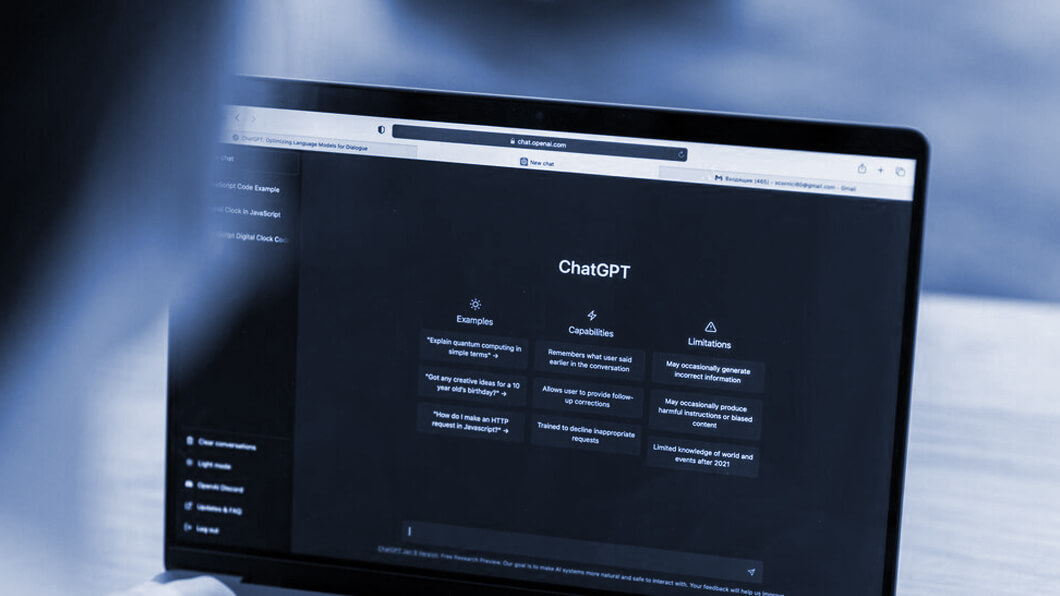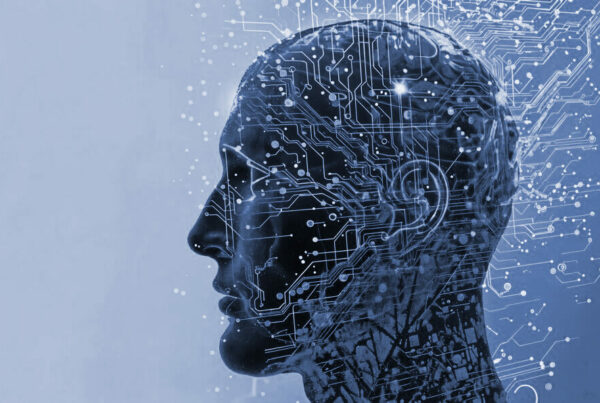The rapid advancement of artificial intelligence (AI) has drastically transformed numerous industries, with content creation being one of the most significant areas of change. With the rise of AI models like OpenAI’s GPT, businesses and content creators are now able to automate tasks, enhance creativity, and streamline the entire content creation process. In this article, we’ll explore how GPT and other AI models are revolutionizing content creation, and how they are reshaping the way we approach writing, marketing, and media production.
1. AI-Powered Content Generation: Speed and Efficiency
Automating the Writing Process
One of the primary ways AI models like GPT are changing content creation is through automation. Content writers can now use AI-powered tools to generate articles, blog posts, social media updates, and even video scripts in a fraction of the time it would take a human to do so manually. For example, GPT can generate a 1000-word blog post in minutes by analyzing a given topic and providing detailed, coherent text that is relevant to the audience. This ability to produce high-quality content quickly not only increases efficiency but also helps businesses scale their content production without sacrificing quality.
Generating Ideas and Outlines
AI is also playing a significant role in idea generation and content planning. GPT models can analyze trends, keywords, and audience behavior to suggest blog topics, article structures, and even complete outlines for content creators. For example, marketers and writers can input a keyword or topic into a GPT-based tool, and the AI will generate a list of potential blog post ideas, complete with headings and subheadings. This ability to brainstorm content ideas helps streamline the creative process and ensures that content aligns with both SEO best practices and audience interest.
2. Enhancing Personalization and Audience Engagement
Tailoring Content for Specific Audiences
AI models are not only helping automate content creation, but they are also improving personalization. By analyzing audience data, AI tools can generate content that resonates with specific demographics, interests, and user behavior. For instance, GPT models can be used to craft personalized email campaigns, product descriptions, and even social media posts that speak directly to the needs and preferences of individual customers. Personalization helps brands foster deeper connections with their audience, increasing engagement and the likelihood of conversion.
Dynamic Content for Real-Time Reactions
Another way AI is enhancing content creation is through the ability to adapt content in real-time. By monitoring user interactions and feedback, AI tools can dynamically adjust content to better fit the user’s preferences. For example, AI can change the tone, style, or even the subject matter of a piece of content based on how a user is interacting with it. This dynamic, real-time content customization enhances the user experience and allows brands to maintain a consistent and relevant message across various platforms.
3. Overcoming Language Barriers: Global Content Creation
Translation and Multilingual Content Generation
AI-powered tools like GPT are breaking down language barriers, enabling content creators to generate content in multiple languages. With the help of machine translation models, content can be instantly translated into various languages without losing context or tone. This opens up opportunities for global brands to connect with diverse audiences and create localized content that speaks to different cultural contexts. Whether it’s translating blog posts, social media updates, or marketing materials, AI makes it possible to reach a broader, more international audience with ease.
Adapting Content for Different Cultures
Beyond translation, AI models can also adapt content to different cultural nuances, making it more relevant to various regions. For example, AI can help tailor marketing campaigns to fit local customs, humor, and preferences, ensuring that the content resonates with the target audience. This ability to localize content without losing its original essence helps brands build stronger relationships with customers around the world, resulting in more effective communication and higher engagement rates.
4. Optimizing SEO: AI-Driven Content Strategy
Content Optimization for Search Engines
Search engine optimization (SEO) is critical for driving organic traffic to websites, and AI is helping content creators optimize their content more effectively. With AI-powered tools, content can be optimized for relevant keywords, ensuring that it ranks higher in search engine results pages (SERPs). GPT models can suggest optimal keywords, provide recommendations for content structure, and even identify gaps in existing content. By using AI to optimize content, marketers can improve visibility, increase traffic, and enhance user engagement, all while reducing the time spent on SEO tasks.
AI-Based Analytics for Content Performance
AI also helps marketers and content creators track the performance of their content through data analysis. By analyzing user behavior, click-through rates, and other performance metrics, AI can provide insights into what types of content are performing well and which topics are most engaging for users. This data-driven approach allows brands to fine-tune their content strategy, ensuring that future content is more effective and targeted.
5. Creativity and Innovation: AI as a Collaborative Tool
Augmenting Human Creativity
While AI can generate content on its own, it is also a powerful tool for enhancing human creativity. GPT models and other AI technologies can be used to provide suggestions, refine ideas, and generate creative writing prompts that inspire content creators. Writers can use AI as a brainstorming partner, getting suggestions for phrases, synonyms, and even new angles for their content. This collaboration between human creativity and AI technology is pushing the boundaries of what’s possible in content creation, allowing for more innovative, high-quality outputs.
AI in Visual Content Creation
AI is also making waves in visual content creation. Tools like DALL·E, powered by AI, can generate unique images based on text descriptions, providing marketers with custom visuals without the need for a designer. This ability to create AI-generated images on demand makes it easier for content creators to produce high-quality visual content that complements their written work. As AI continues to advance, we can expect even more innovative ways to combine text, image, and video creation seamlessly.
Conclusion
The impact of GPT and AI models on content creation is profound, offering businesses and content creators the tools they need to work more efficiently, enhance personalization, and reach global audiences. From automating the writing process to optimizing content for SEO, AI is revolutionizing the way we produce and engage with content. However, it’s important to remember that while AI can significantly enhance content creation, human input and creativity are still essential for maintaining authenticity and emotional connection with audiences. The future of content creation will undoubtedly be a blend of human creativity and AI-driven efficiency, resulting in more dynamic, personalized, and engaging content.




